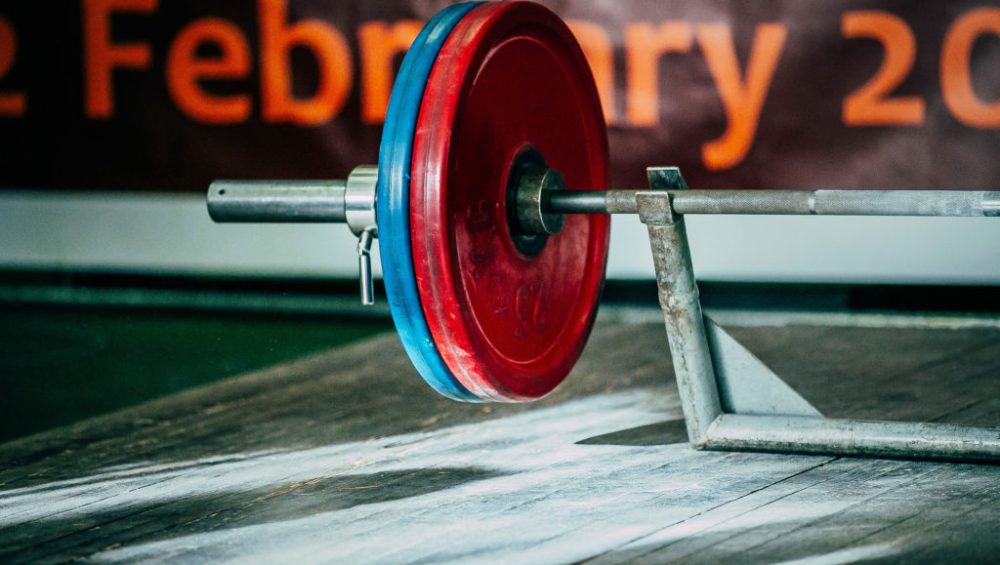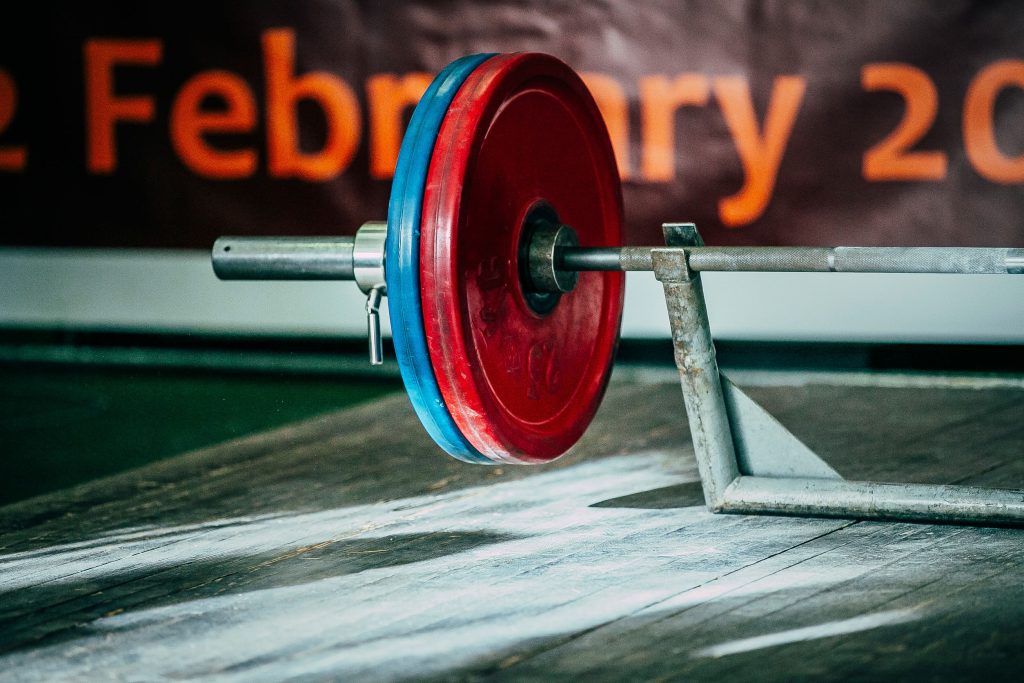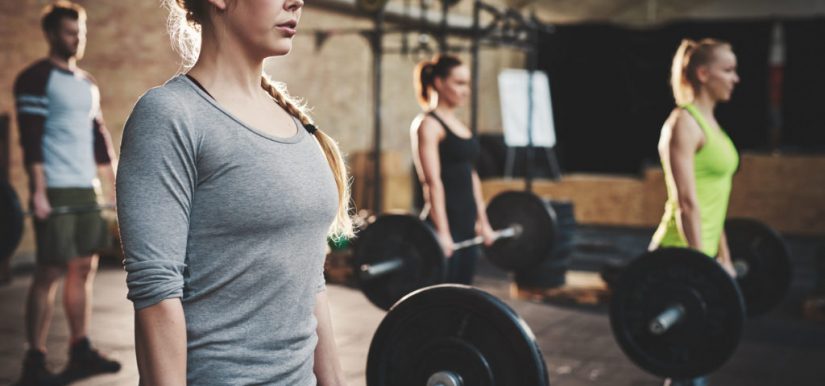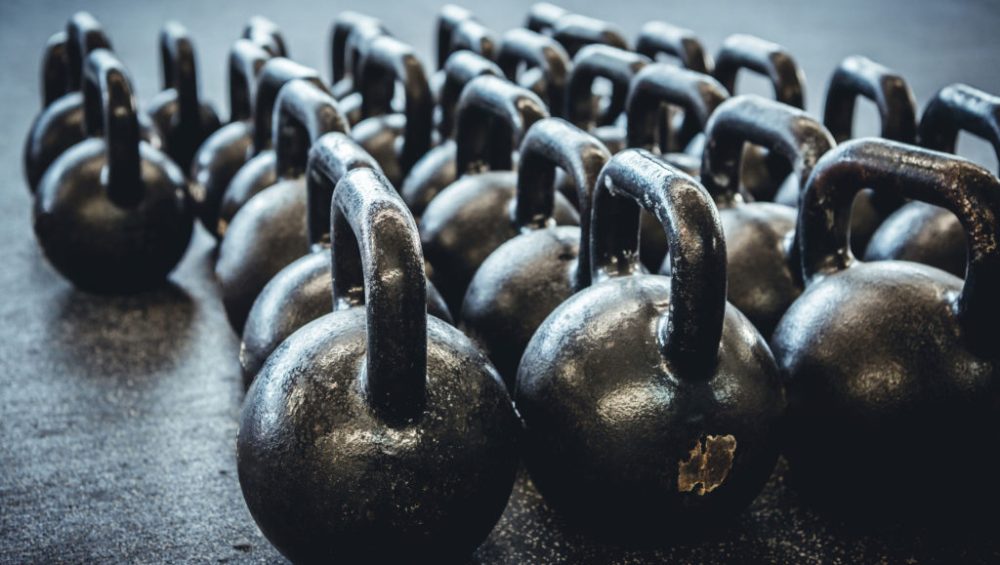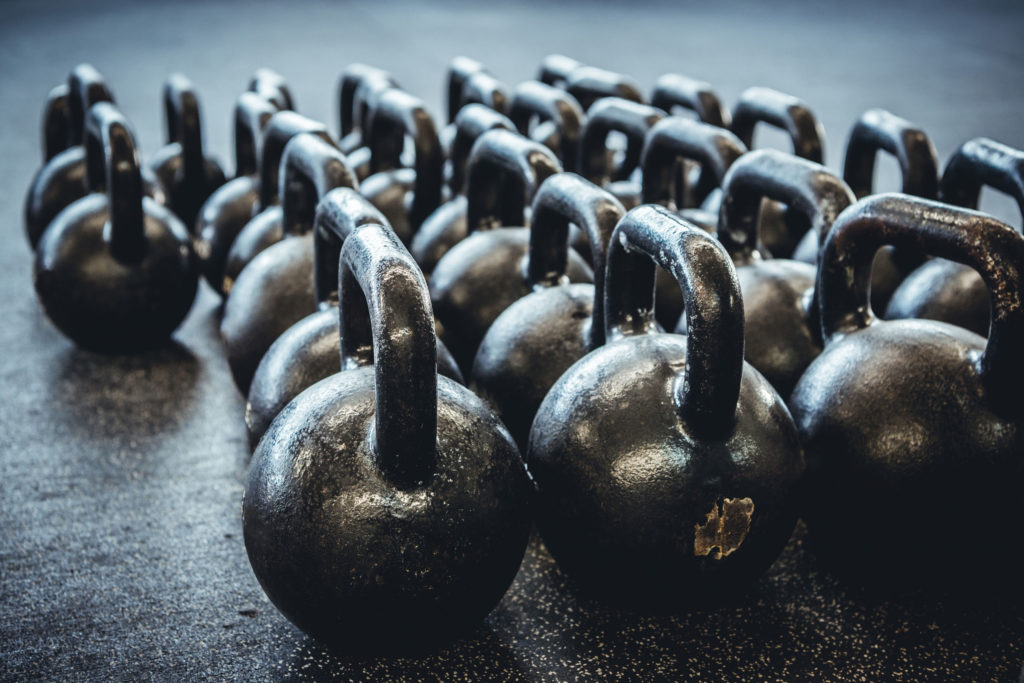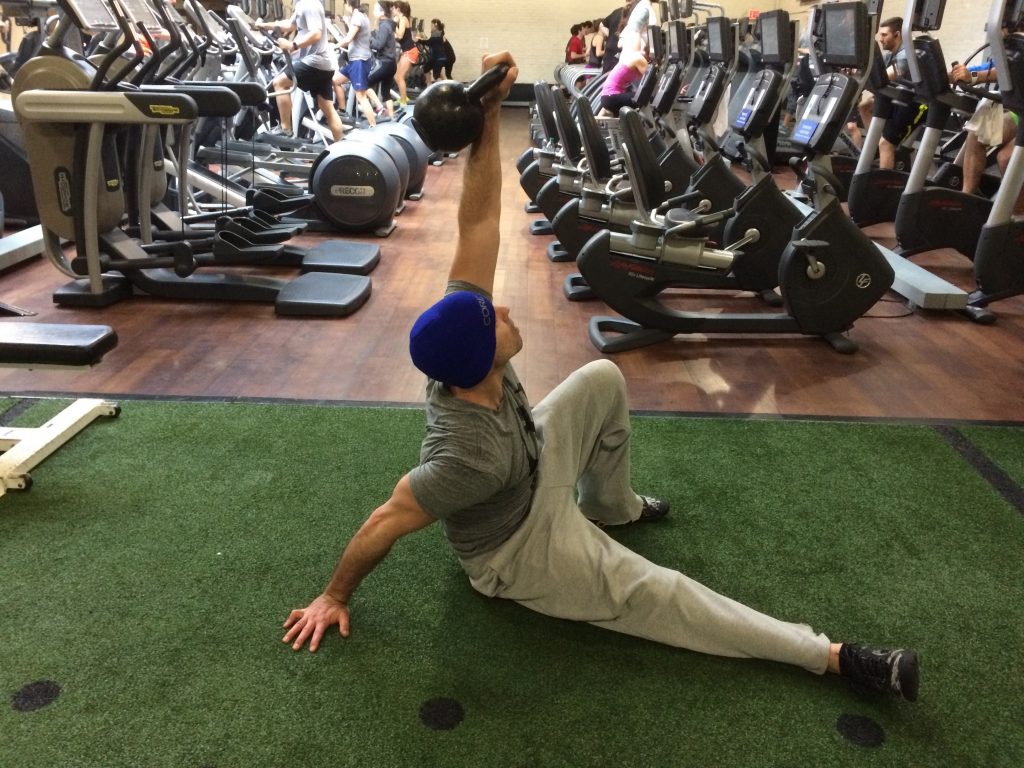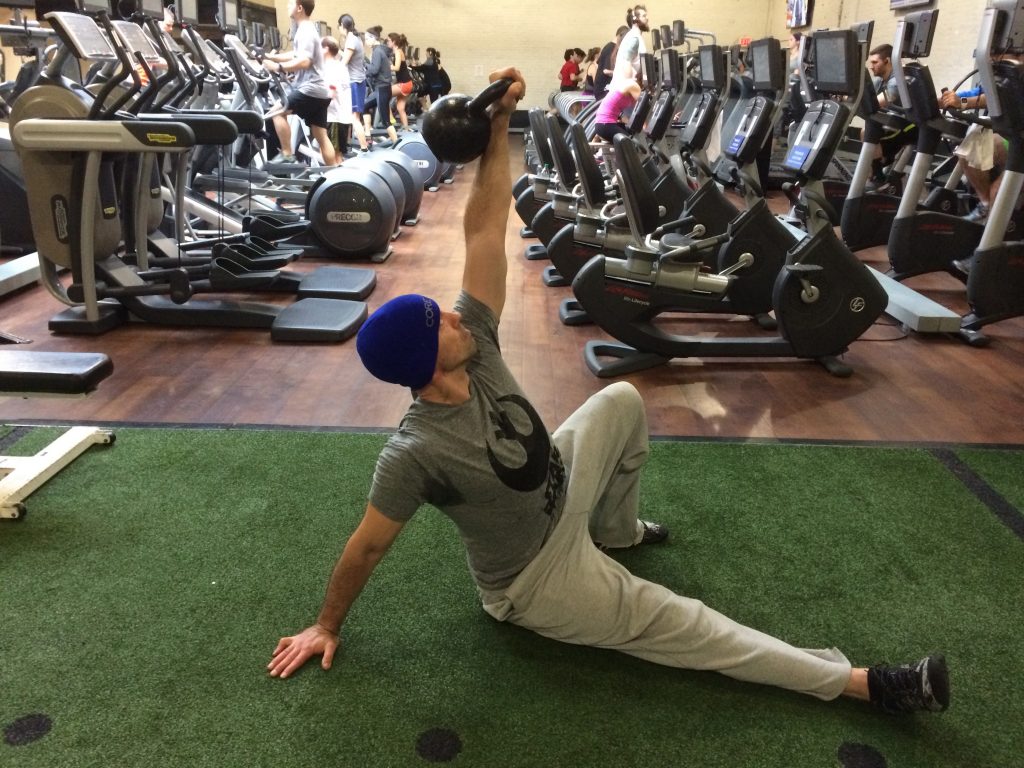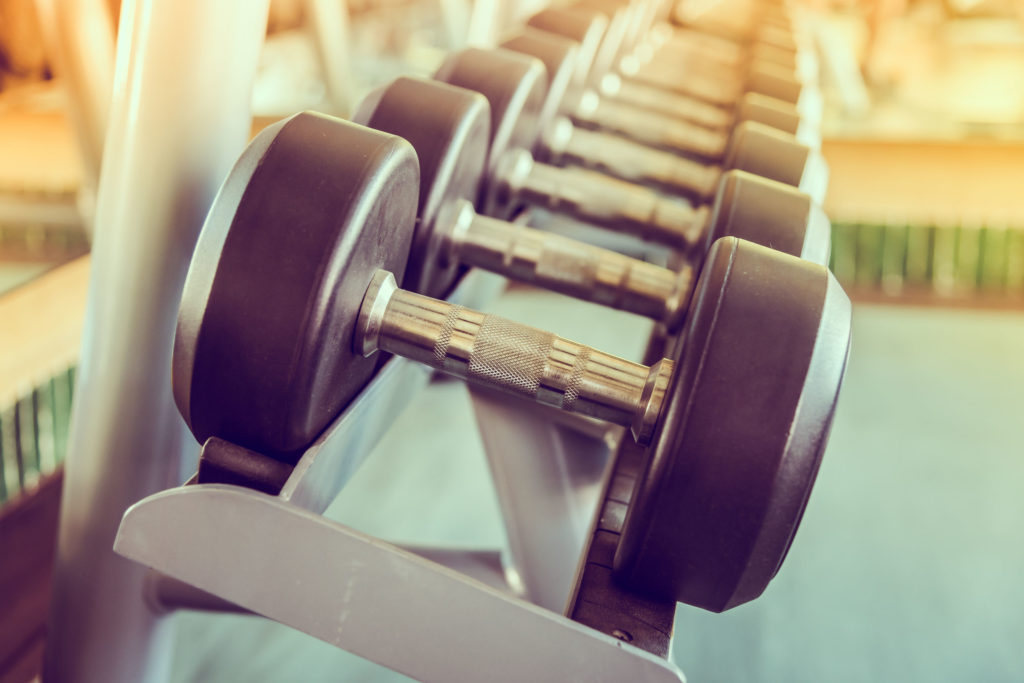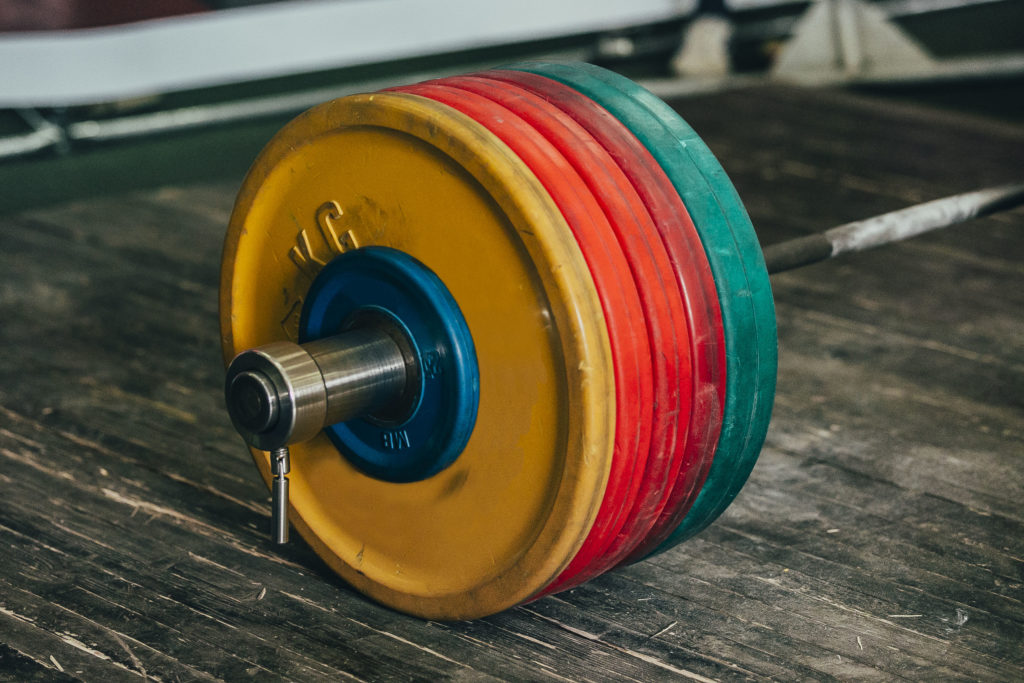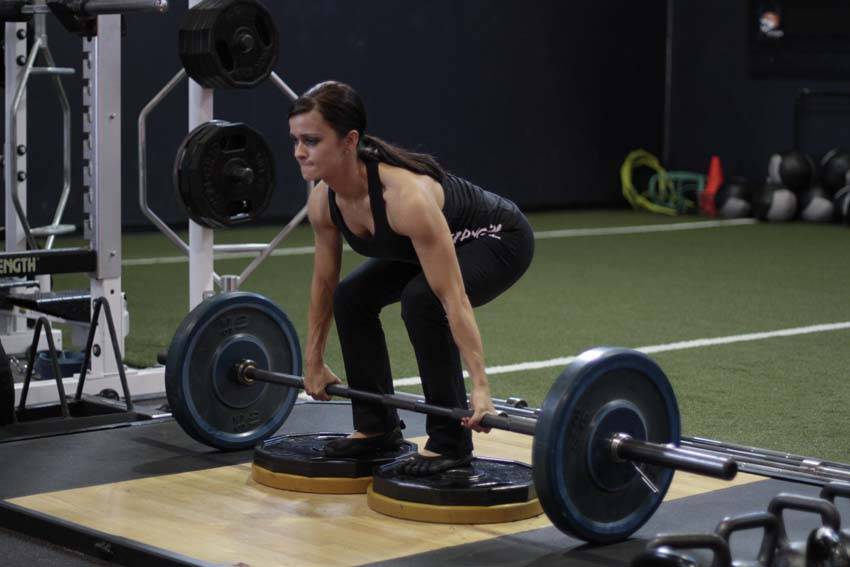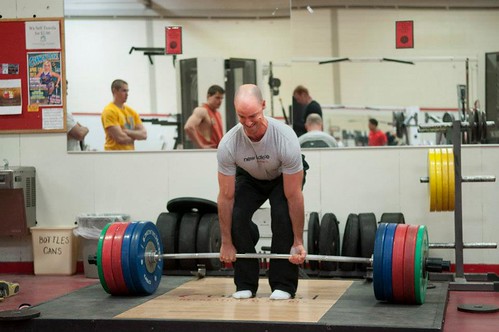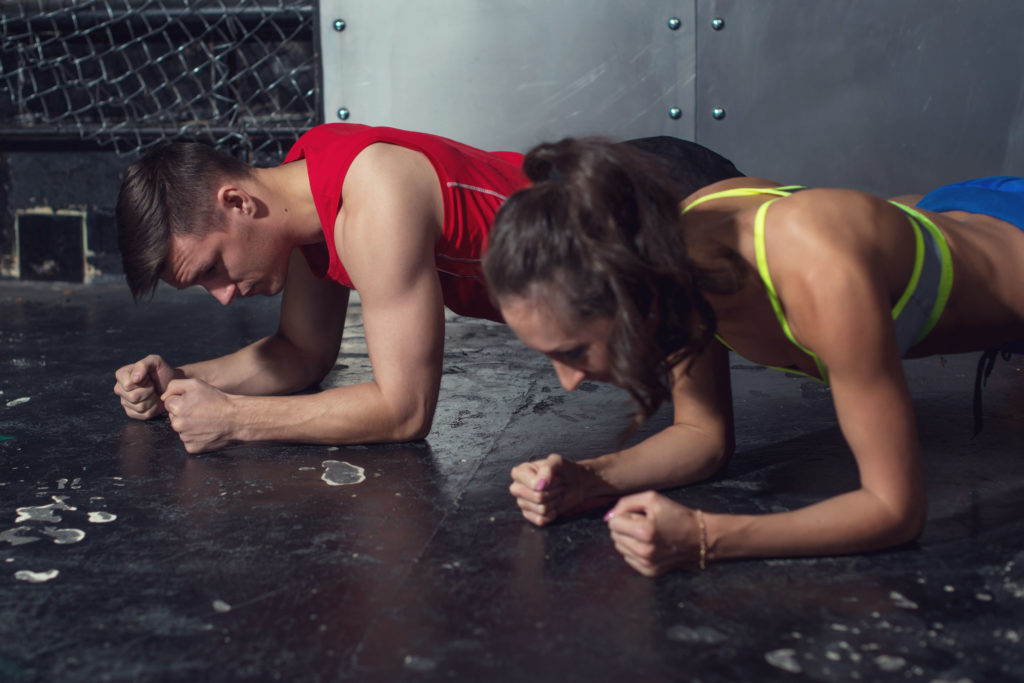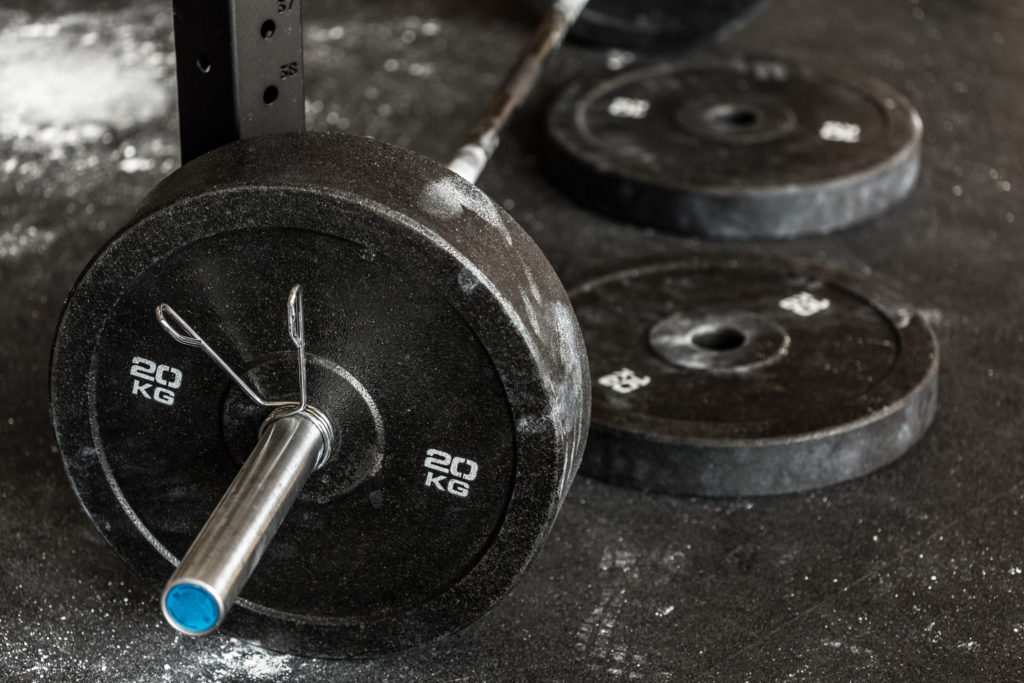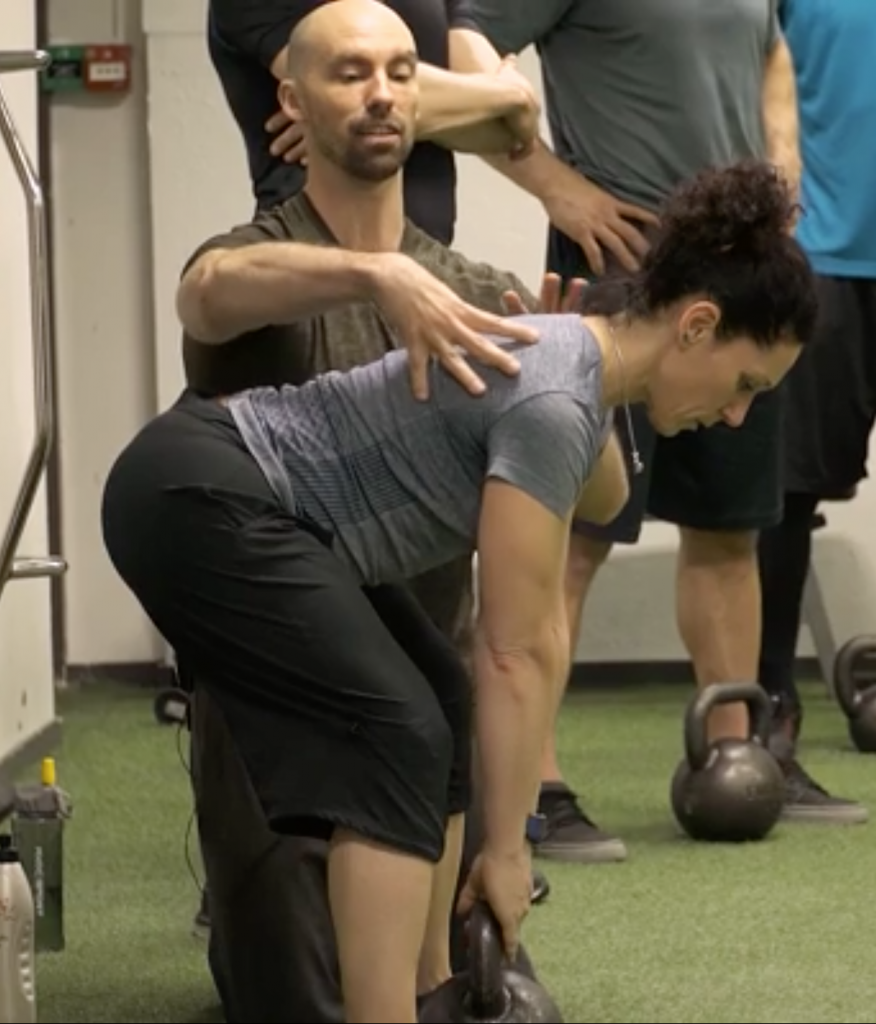Last week I broke down one of my favorite variations to teach the squat to beginners. I was expecting some blow-back because I had the audacity, nay, the cojones, to not mention the Goblet squat.
Of course, I love the Goblet squat. As you should too. It’s a wonderful little exercise that serves as a “catch all” to groove a better squat pattern. And on top of that…it’s super versatile. As you’ll come to realize after reading this excellent guest post from Shane McLean.
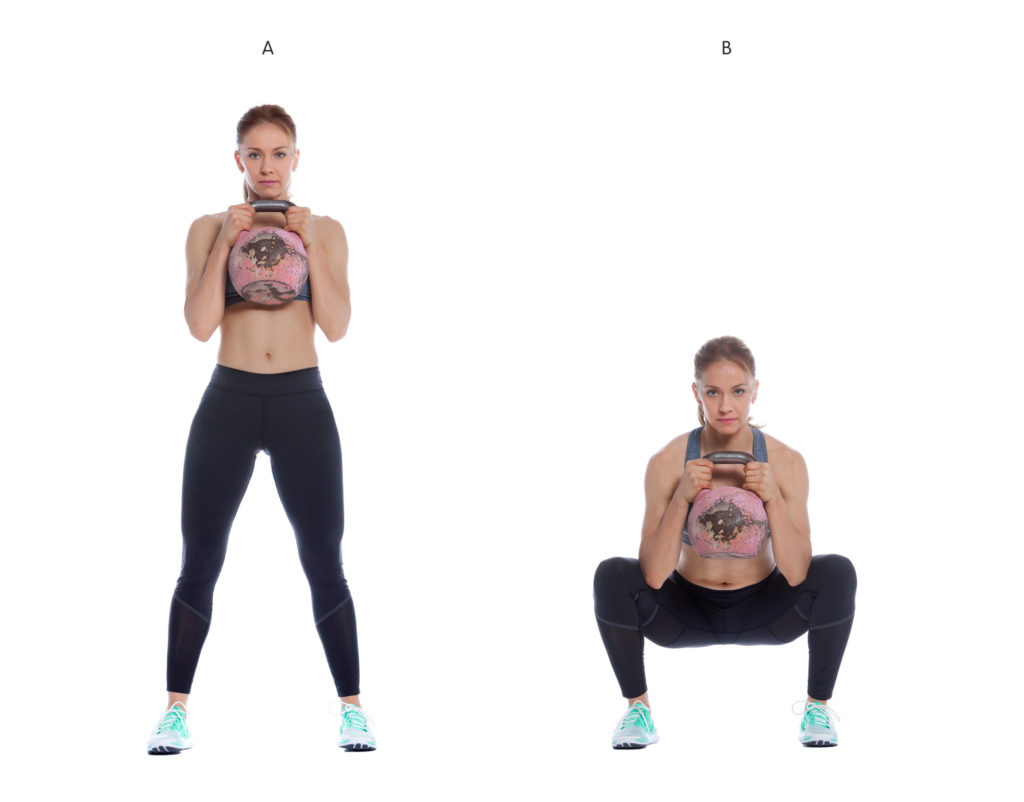
The Holy Grail
The Goblet squat has revolutionized the way the squat is being performed and taught throughout the world. If don’t know what a Goblet squat is, I’m getting Dan John to come over to your house and slap you upside the head.
If you don’t know even who he is, I suggest you Google him. Pronto.
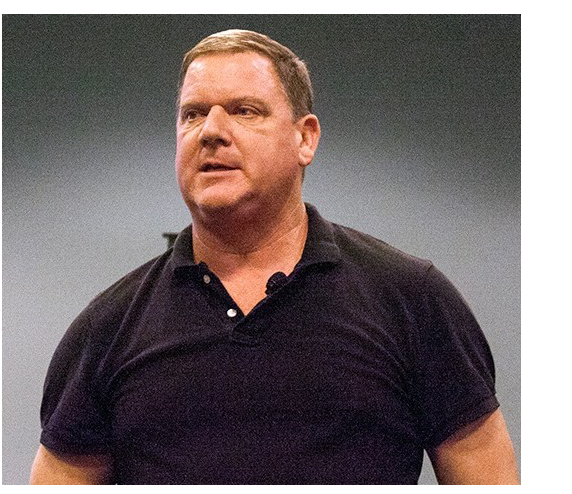
Dan John stumbled upon this excellent exercise by chance.
“Years ago, I was faced with teaching 400 athletes to squat correctly. I attempted move after move and lift after lift, yet I failed every time.
I saw glimmers of hope from teaching one kid the Zercher squat and a few picked up the pattern when we lifted Kettlebells off the ground but nothing was really working.
The answer was somewhere in between a Zercher and a Potato squat. It came to me when I was resting between swings with the weight held in front of me like I was holding the Holy Grail.
I squatted down from there, pushed my knees out with my elbows and behold, the goblet squat.” (1)
I guess you can say he choose wisely.
Thanks to Dan’s discovery people in gyms everywhere have discovered the joys of squatting. The Goblet squat is an exercise that’s great for beginners and advanced exercisers alike.
But what makes the Goblet squat so good?
Holding the weight anteriorly encourages you to stand up straighter, get that upper back tight and puff out that chest which sets the table for good squat. Furthermore, the weight acts as a counter balance that encourages you to sit between your legs and not over your knees.
For most gym-goers, the Goblet squat may be the only squat you’ll ever need. It beats squatting on a stability ball by about a trillion. Why do people do that?
Now that I’ve established the Goblet squat is the bomb, let’s look at some variations so you can squat like a boss.
1. Goblet Box Squat
If it’s been a while since you’ve squatted or you’ve never done a Goblet squat before, this variation is a good starting point. Reducing the range of motion combined with a reference point with the box will help you groove proper technique.
Pairing this with single arm press/pull combined with a mobility drill works like a charm. For example:
1A. Goblet Box Squat
1B. Single Arm Row
1C. Half Kneeling Hip Flexor Stretch
2. KB Goblet Squat with Lowering
Tony calls this lowering but I’d prefer to calling this a biceps curl. Any excuse to work on the guns, right?
The pause at the bottom of the squat with the ‘curl’ helps you ‘own’ the bottom position and creates extra tension in the anterior core and the posterior chain. It’s going to tickle the legs a little also.
Pairing this with a suitcase carry will provide a greater challenge for your lungs and grip strength. Try this little finisher that I borrowed from Dan ‘the man’ John.
- 8 Goblet squat with lowering
- Suitcase carry left hand 40 steps
- 7 Goblet squats with lowering
- Suitcase carry right hand 40 steps
- 6 Goblet squats with lowering
- Suitcase carry left hand 40 steps
- 5 Goblet squats with lowering
- Suitcase carry right hand 40 steps
- 4 Goblet squats with lowering
- Suitcase carry left hand 40 steps
- 3 Goblet squats with lowering
- Suitcase carry right hand 40 steps
- 2 Goblet squats with lowering
- Suitcase carry left hand 40 yards
- 1 Goblet squat with lowering
- Suitcase carry right hand 40 yards
- Collapse
3. Goblet Squat with Resistance Band
Click HERE
How do you make Goblet squats more enjoyable? By adding a looped resistance band of course. Adding a band to the kettlebell helps you control the eccentric portion of the movement and provides extra resistance on the concentric portion also.
Furthermore, some gyms don’t have big enough kettlebells to challenge advanced lifters and adding a band helps…… or hurts depending on your perspective.
This exercise can be done for straight sets but if you’re feeling ambitious you can pair this with a little exercise called the Goblet lateral walk. For example
1A. Goblet squat with band 8-12 reps
1B. Goblet lateral walk 8-12 steps each side
1C. Your grip will love you
4. Goblet Squat 1 ½
Adding a half a repetition to this exercise will make you hate life but will increase tension in your legs, anterior core and the posterior chain. These factors will give you a lower body of steel.
This exercise can be used as a finisher at the end of your leg training or can be super-setted with a core exercise for a rousing good time. For example:
1A. Goblet squat 1 ½
1B. Push up position plank
5. TG Addition: Goblet Elevator Squats
A nice progression for 1-1/2 rep Goblet squats would be elevator squats. I learned this one from my good friend Ben Bruno.
Here you’ll squat down into the bottom position, come 1/2 way up, back down again, then 3/4 of the way up, back down, and then stand tall. This is a great option for those who A) can’t think of any other way to make them hate life more and/or B) have limited options in terms of load you can use (the increased time under tension is a leg killer).
Wrapping Up
The Goblet squat makes it possible for most people to squat with good form and to reestablish the squat pattern for those who have ‘lost’ it. This also doubles as an excellent mobility exercise for the lower body.
Start choosing squats wisely. Incorporate the Goblet squat into your routine pronto and make Dan a happy man.
About the Author
Shane “The Balance Guy” McLean, is an A.C.E Certified Personal Trainer working deep in the heart of Texas. Shane believes in balancing exercise with life while putting the fun back into both.

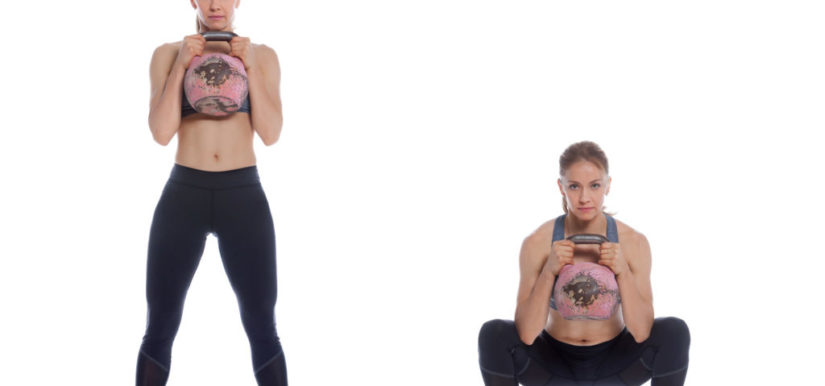
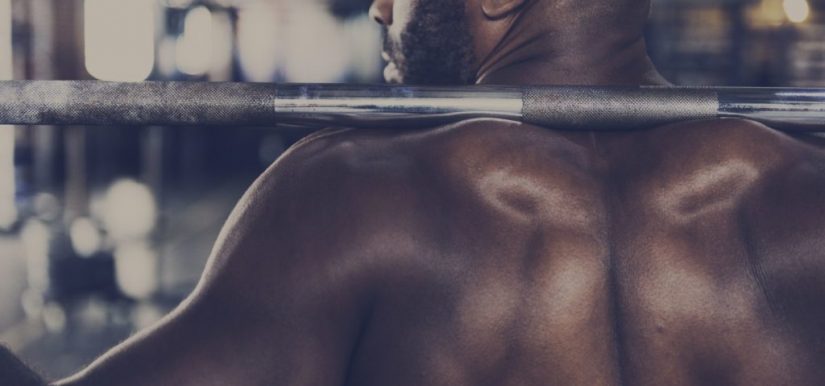



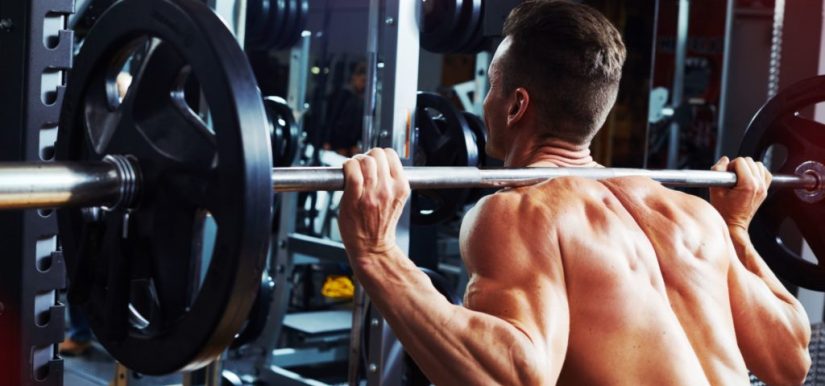
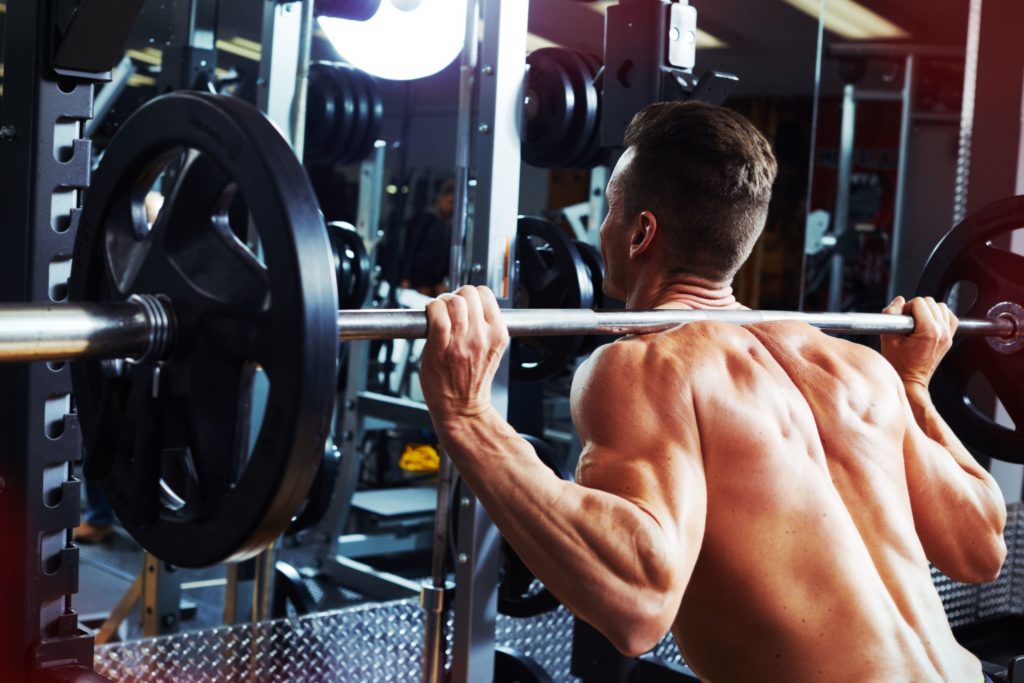
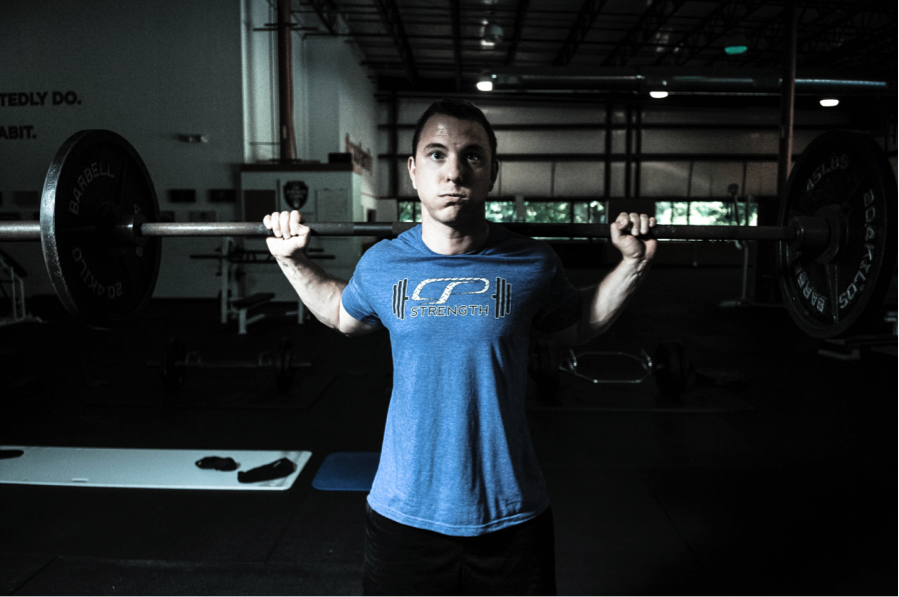

 George began his time at Cressey Sports Performance as an intern in the fall of 2013, and returned in 2014 as CSP’s Group Fitness Coordinator, overseeing all Strength Camp coaching and programming responsibilities.
George began his time at Cressey Sports Performance as an intern in the fall of 2013, and returned in 2014 as CSP’s Group Fitness Coordinator, overseeing all Strength Camp coaching and programming responsibilities.